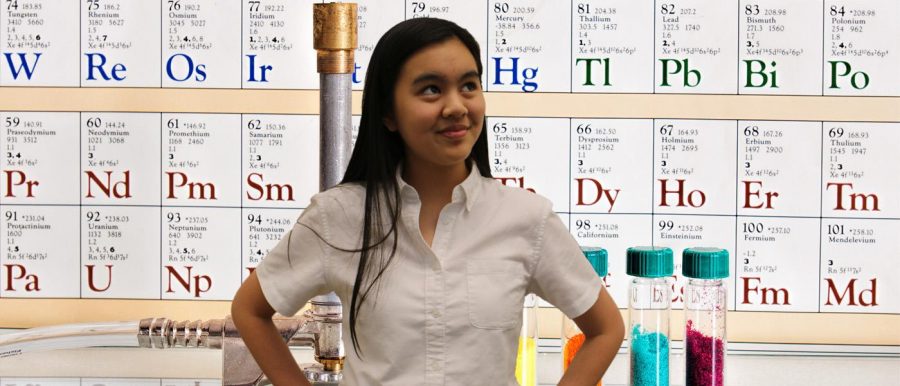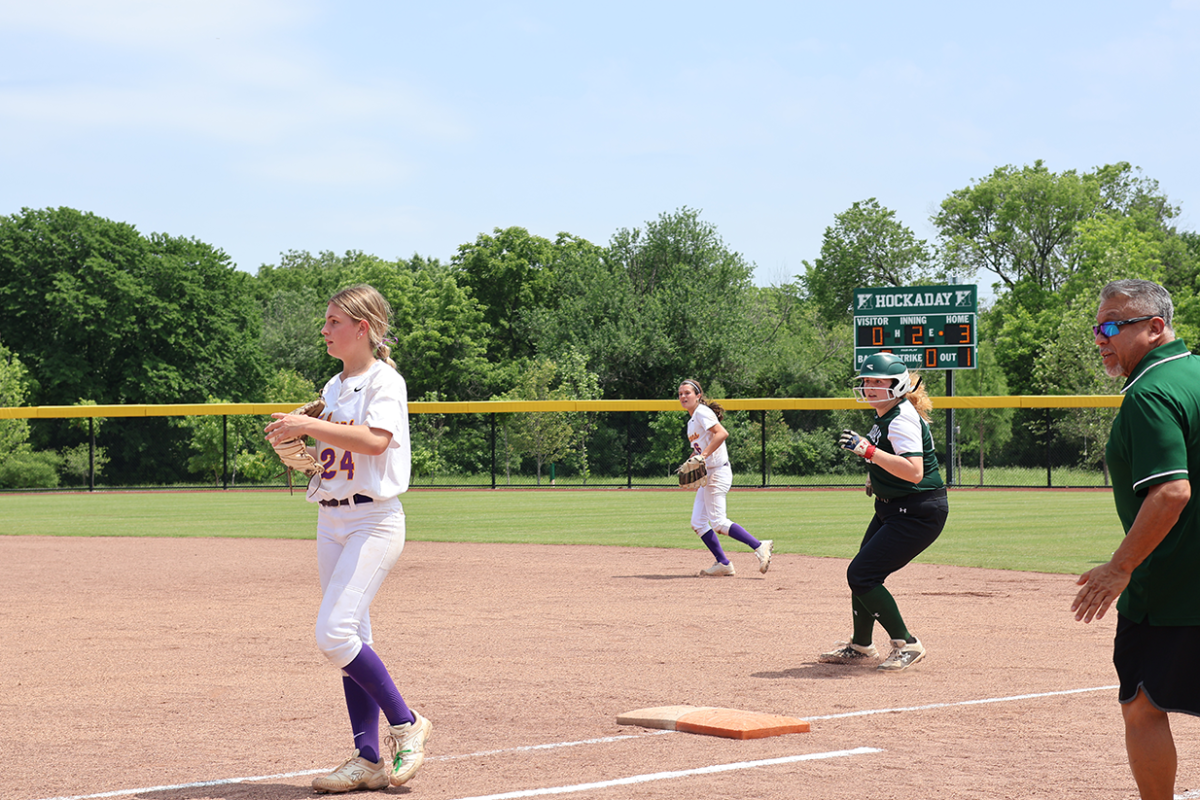Here are the 10 Must-Know Female Mathematicians and Scientists, Part 2! Read my last blog post to find out #1-5.
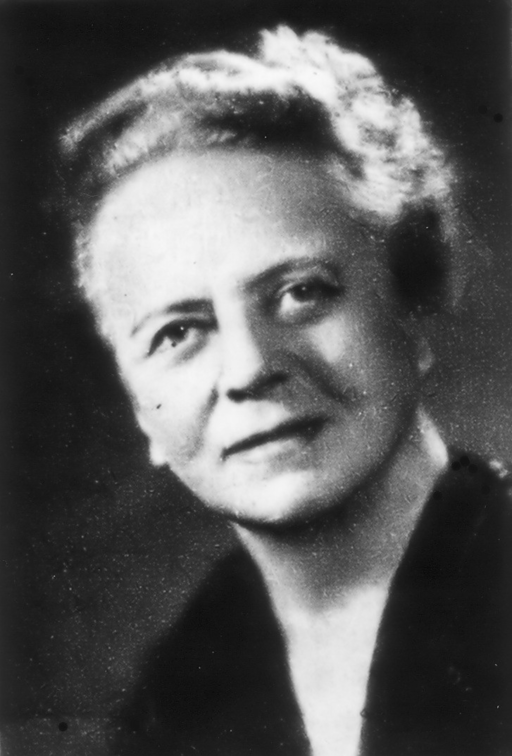
6. Ida Tacke (1896 – 1978)
Ida Tacke, a German chemist and physicist, discovered two new elements, rhenium (75) and masurium (43). While the discovery of rhenium is credited to her, notice that there is no “masurium” element on the periodic table. That’s because “masurium” is now known as technetium, and its discovery is credited to two other men. She also proposed the idea that particles could be broken down when bombarded by neutrons in order to release energy.
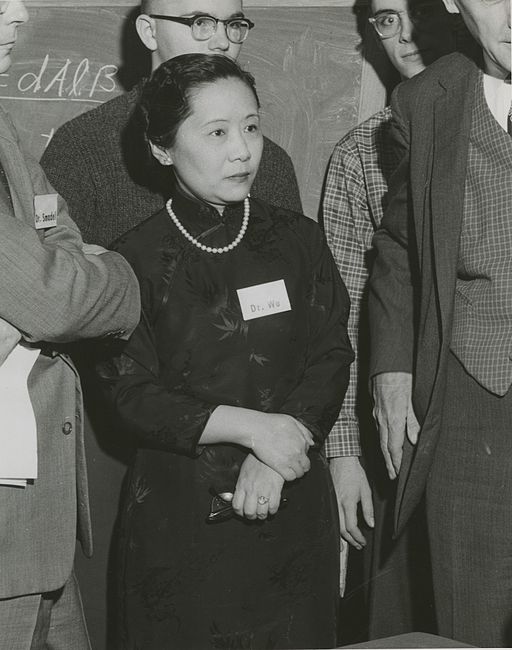
7. Chien-Shiung Wu (1912 – 1997)
Chien-Shiung Wu was a Chinese-American experimental physicist who greatly contributed to the Manhattan Project and the development of the atomic bomb. One of her most groundbreaking discoveries completely overturned a widely-accepted scientific law at the time: the Principle of Conservation of Parity (which stated that particles that were mirror images of each other would behave identically). Although it was her experiments that shattered this law, two colleagues went on to win a Nobel Prize for their “discovery.”
8. Rosalind Franklin (1920 – 1958)

Rosalind Franklin, an English chemist, also had a famous case of a stolen “discovery.” She came to the conclusion that DNA consisted of two chains and a phosphate backbone through X-ray experiments and unit cell measurements. However, Watson and Crick published her discoveries as their own and received a Nobel Prize for it.
9. Tu Youyou (1930 – present)
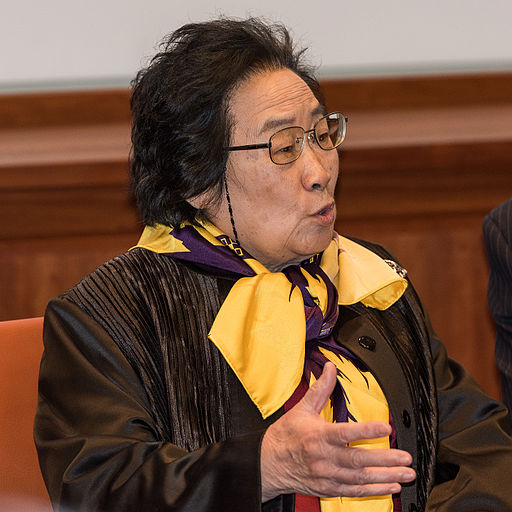
Tu Youyou is a Chinese medical scientist and pharmaceutical chemist who discovered artemisinin and dihydroartemisinin, used to cure malaria. She first began her malaria research in 1967 after being recruited to a top-secret government unit known as Mission 523, and now her medicinal discoveries have saved millions of lives. Recently, Tu was jointly awarded the 2015 Nobel Prize in Medicine, becoming the first Chinese woman to win a Nobel Prize.
10. Jocelyn Bell Burnell (1943 – present)
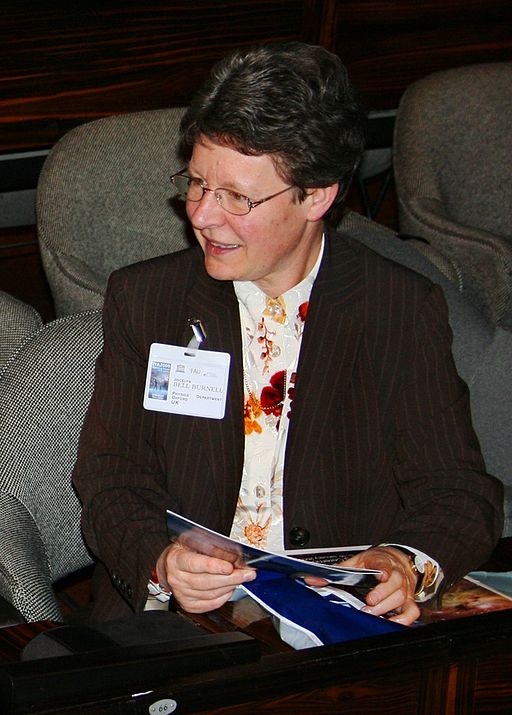
Jocelyn Bell Burnell is a Northern Irish astrophysicist. While working with radio telescopes, Burnell noticed certain specific, constant signals being sent off in space which would later be known as pulsars. At the time, Burnell was not credited with this discovery (the man she was working under won the Nobel Prize for his “discovery”), but it is now widely accepted that she was the first to make the observation.

